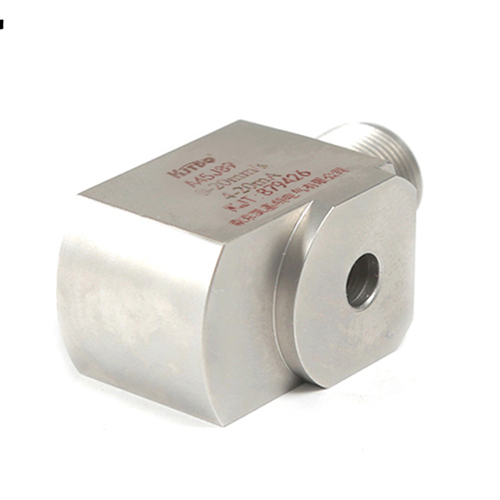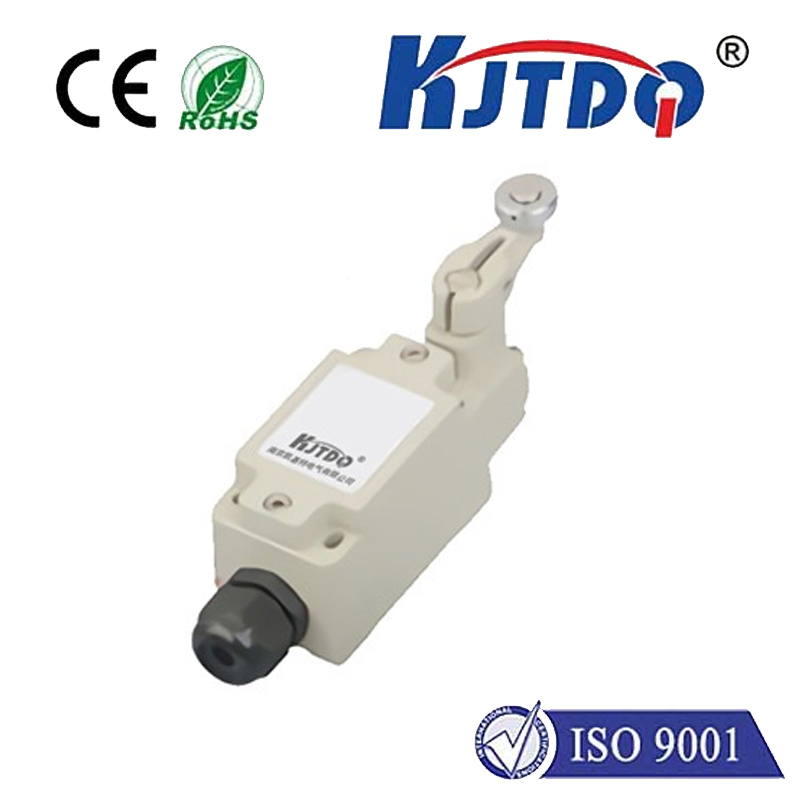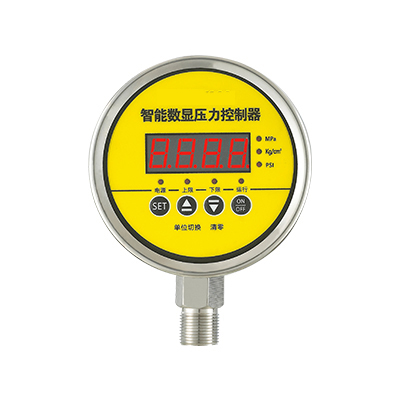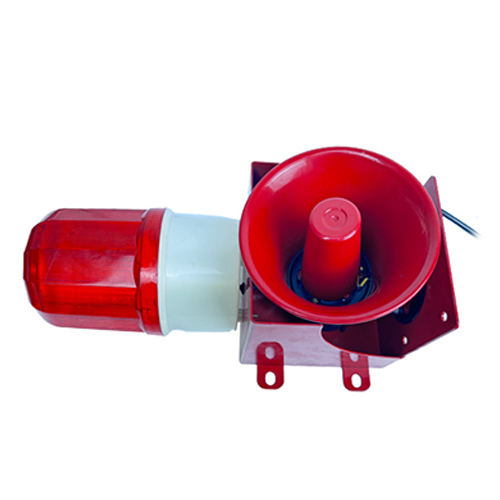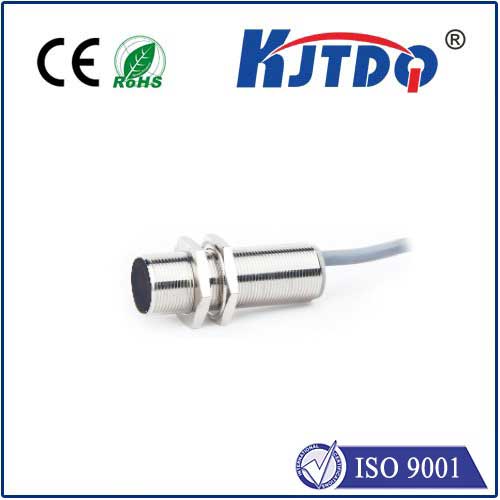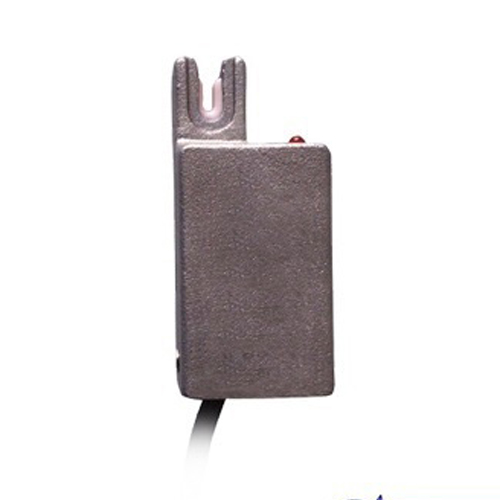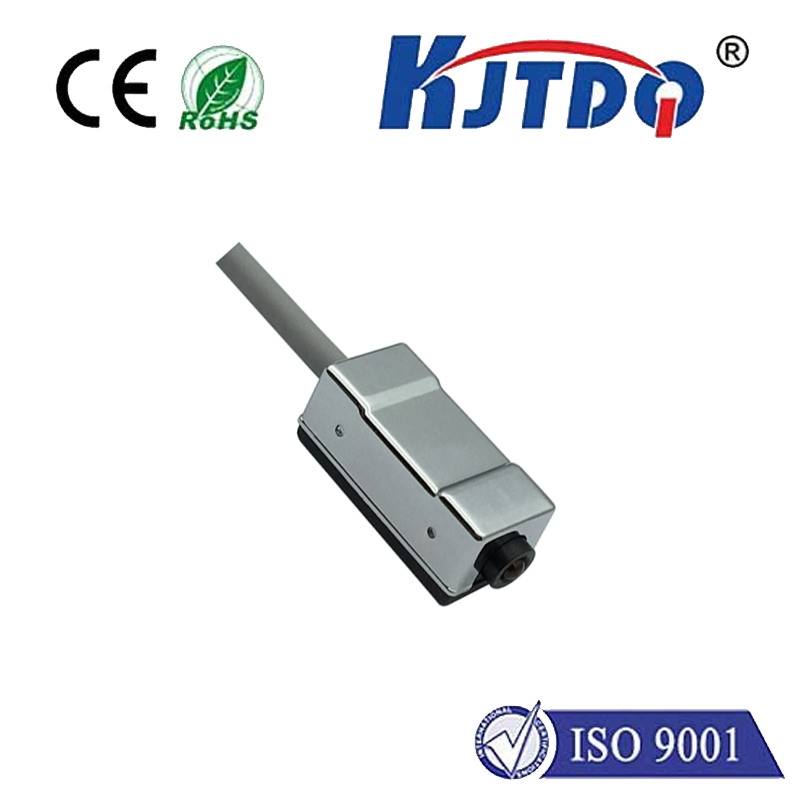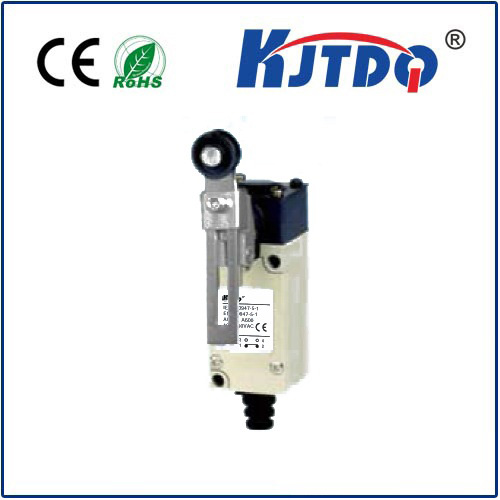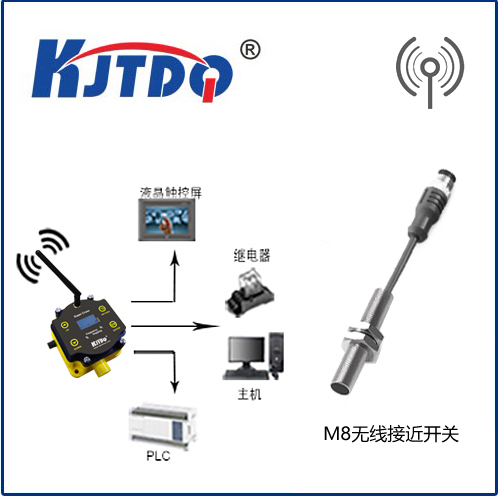BES01HE high pressure proximity sensor
- time:2025-10-16 11:46:20
- Нажмите:0
Unlocking Precision in Demanding Environments: The BES01HE High Pressure Proximity Sensor
In the relentless world of industrial automation and hydraulic systems, pressure isn’t just a factor – it’s the defining challenge. Where standard sensors falter, specialized components become critical for operational integrity and safety. Enter the BES01HE High Pressure Proximity Sensor, a robust solution engineered to deliver unwavering reliability precisely where pressure peaks and performance cannot plateau. This isn’t just another sensor; it’s a guardian of process continuity in the most demanding applications.
Imagine the core components within a massive hydraulic press, a subsea control module, or high-pressure test rig. Standard inductive proximity sensors, while excellent for countless tasks, can succumb to the immense forces exerted by pressurized fluids or gases surrounding them. Seal failure, housing deformation, or signal degradation become real risks, leading to unexpected downtime, costly repairs, or even safety hazards. The BES01HE exists to eliminate these vulnerabilities.

At its heart, the BES01HE is an inductive proximity sensor. It detects the presence or absence of metallic objects without physical contact, relying on the principle of electromagnetic field disturbance. However, its defining characteristic lies in its formidable high-pressure rating. This sensor is meticulously constructed to withstand extreme ambient pressures that would render conventional sensors useless. Think pressures reaching hundreds or even thousands of bar (or PSI) – environments typical in:
- Hydraulic Power Units & Cylinders: Monitoring piston position, valve spools, or end stops directly within high-pressure oil lines.
- Oil & Gas Drilling Equipment: Position sensing on blowout preventers (BOPs), choke valves, or within downhole tools exposed to formation pressures.
- High-Pressure Test Benches: Verifying component position or function during rigorous pressure testing cycles.
- Marine & Offshore Applications: Thruster controls, winch systems, or equipment within pressurized compartments.
- Injection Molding & Die Casting: Detecting mold positions or ejector pins amidst intense hydraulic clamping forces.
So, what makes the BES01HE uniquely suited for these punishing conditions? Several key design elements contribute to its resilience:
- Robust, Pressure-Resistant Housing: Constructed typically from high-grade stainless steel (like 303 or 316L), the housing is engineered to resist deformation and withstand the crushing forces of the surrounding pressure media. Its structural integrity is paramount.
- Advanced Sealing Technology: Critical to its function, the BES01HE employs sophisticated multi-stage sealing systems. These seals, often involving specialized elastomers or metal-to-metal seals, prevent the ingress of high-pressure fluids or gases into the sensor’s internal electronics, ensuring long-term performance and preventing catastrophic failure.
- Pressure-Balanced Design (Principle): Some high-pressure sensors utilize design principles that help equalize pressure differentials across critical internal components, reducing stress on seals and housings. While specifics vary by manufacturer, the BES01HE design inherently accounts for these extreme forces.
- Reliable Inductive Sensing: Despite the harsh environment, the core sensing technology remains highly accurate and dependable for detecting ferrous and non-ferrous metals, offering typical sensing ranges suitable for industrial positioning tasks.
- Environmental Toughness: Beyond pressure, these sensors are often designed to handle associated challenges like wide temperature ranges, shock, vibration, and potential exposure to corrosive substances like saltwater or hydraulic fluids.
Integrating the BES01HE brings tangible operational advantages:
- Enhanced System Reliability: Eliminate failures caused by pressure-induced sensor damage, minimizing unplanned downtime and costly production interruptions in critical processes.
- Increased Safety: Provide accurate position feedback in high-pressure safety systems (like BOPs), where sensor failure could have severe consequences.
- Reduced Maintenance Costs: The sensor’s robust construction and superior sealing significantly extend its service life compared to standard sensors used beyond their pressure limits, lowering replacement frequency and maintenance overhead.
- Simplified Design: Allows engineers to place position sensing directly within high-pressure zones, eliminating the need for complex and potentially less reliable mechanical linkages or external sensing workarounds.
- Process Optimization: Accurate and reliable position feedback enables tighter control loops and improved process efficiency in high-pressure applications.
When specifying the BES01HE High Pressure Proximity Sensor, careful consideration is vital:
- Pressure Rating: This is the paramount specification. Verify the sensor’s maximum allowable pressure (typically in bar or PSI) matches or exceeds the peak pressures in your application, including potential surge or spike scenarios. Don’t operate near the absolute limit; incorporate a safety margin.
- Media Compatibility: Ensure the housing material (e.g., 316L stainless steel) and seal materials are compatible with the specific fluid or gas (hydraulic oil, seawater, gas mixtures, etc.) they will be exposed to. Chemical resistance is crucial.
- Electrical Specifications: Confirm the required supply voltage (e.g., 10-30V DC), output type (typically PNP or NPN NO/NC switching), current rating, and connection type (cable or connector) align with your control system. M12 connectors are common for robustness.
- Sensing Range & Target Material: Ensure the specified nominal sensing distance is suitable for your mechanical setup and that it reliably detects the target material used.
- Temperature Range: Verify the sensor’s operating and storage temperature ranges are adequate for the application environment.
- IP Rating / Ingress Protection: While pressure rating is key, also consider the required level of protection against dust and water ingress (e.g., IP67, IP68, IP69K), especially for washdown or submerged applications.
Choosing the right high-pressure proximity sensor like the BES01HE is an investment in resilience. It moves beyond simply detecting metal – it guarantees that detection happens reliably amidst forces that would disable lesser components. For engineers designing systems operating under immense pressure, specifying a sensor explicitly rated for those conditions, such as the BES01HE, is not an option; it’s a fundamental requirement for safety, reliability, and long-term operational success. Its ability to provide precise, contactless position feedback in these extreme zones unlocks new possibilities for monitoring and control where pressure defines the boundary of possibility.

